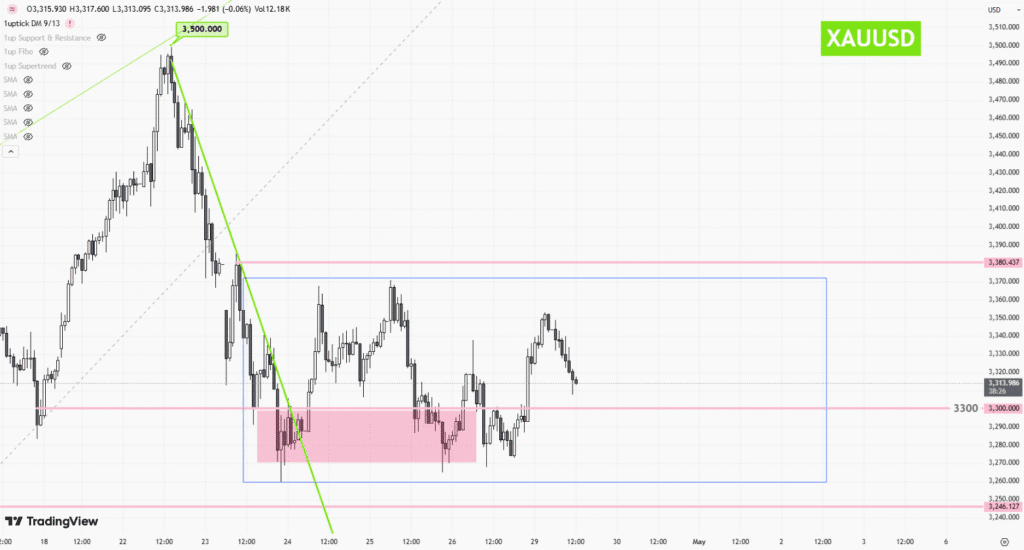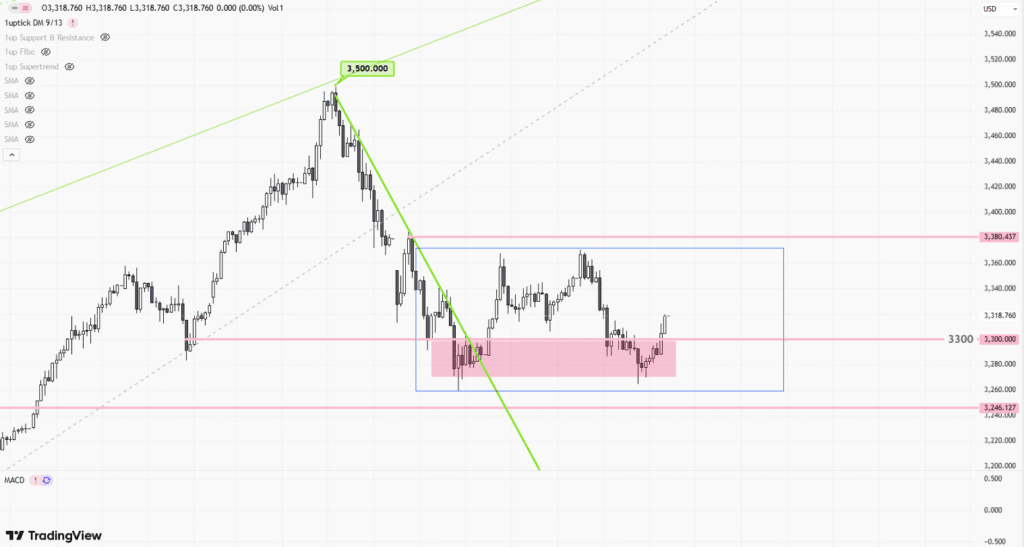 |
| Gold V.1.3.1 signal Telegram Channel (English) |

U.S. Furniture Tariff Investigation 2025: Impact on Global Trade, Prices, and Consumer Choices
2025-08-25 @ 17:01
Title: U.S. Tariff Investigation on Imported Furniture: What It Means for Global Trade and Consumers
The United States is ramping up its scrutiny of imported furniture, sparking concerns over potential tariff adjustments and their broad implications. This development follows the U.S. Department of Commerce’s announcement of a formal investigation into furniture imports, targeting products primarily made in Southeast Asia. While tariffs are a familiar tool in international trade disputes, the renewed focus on home furnishings signals deeper market trends and possible disruptions ahead. Let’s explore why this investigation matters, how tariffs could evolve, and what consequences consumers and manufacturers may face.
Understanding the U.S. Tariff Investigation
The latest investigation centers on whether imported furniture—especially items like beds, tables, and chairs—are being “dumped” into the U.S. market at unfairly low prices or benefit from illegal subsidies. Historically, the U.S. has used similar investigations to justify imposing additional tariffs on foreign goods. These tariffs are intended to protect domestic manufacturers from unfair competition but often result in higher prices and altered supply chains.
Targeted Countries and Industry Focus
Much of the imported furniture under scrutiny originates from Southeast Asian nations, including Vietnam and Malaysia, whose exports have surged in recent years. Several major U.S. furniture retailers source products from these regions, taking advantage of lower production costs. However, as domestic producers complain about unfair practices, regulators are examining whether these exporters are violating trade rules, either by selling below cost or benefiting from governmental support.
Potential Outcomes: Increased Tariffs and Market Shift
If the investigation finds evidence of dumping or unfair subsidies, U.S. authorities could impose new tariffs on affected imports. For businesses, this means significant cost increases and potential shifts in sourcing strategies. American manufacturers may see temporary relief from competition, but retailers relying on affordable imports could face price hikes, delayed shipments, and supply disruptions.
Additionally, exporting countries might retaliate with their own trade barriers, fueling broader tensions in global commerce.
Impact on Consumers
For everyday shoppers, the immediate consequence of new tariffs is likely higher prices on furniture items. Since American stores will pay more to import goods subjected to tariffs, those costs will filter down to consumers. Supply chain delays may also reduce product variety, making it harder to find certain styles or brands. While some U.S. furniture makers hope for increased sales amidst less foreign competition, the overall market might contract if price-sensitive buyers delay purchases or seek secondhand alternatives.
Broader Economic Implications
Changes to furniture tariffs may ripple across the wider economy. Furniture is a large, labor-intensive industry, and disruptions affect logistics providers, raw material suppliers, shipping companies, and retail workers. Price increases in furniture can also spill over into related sectors, such as home improvement and interior design. If tensions escalate into a trade war, other industries could become collateral damage, experiencing their own price hikes and volatility.
Why Furniture Imports Are Under the Microscope
Several factors have prompted the U.S. government’s heightened focus on furniture imports:
- Surge in Foreign Competition: Southeast Asian furniture exports to the U.S. have grown rapidly, sometimes outpacing domestic supply.
- Price Disparities: Imported items often retail for much less than comparable American-made products, fueling complaints about potential dumping.
- Pandemic-Era Demand: The COVID-19 pandemic boosted demand for home furnishings, making markets more sensitive to pricing shifts and supply constraints.
- Shifting Production Bases: As wages rise in China, many manufacturers have moved operations to neighboring countries, complicating oversight and enforcement.
How Businesses and Consumers Can Respond
With tariff changes possible, furniture retailers and manufacturers should diversify supply chains and monitor policy shifts closely. Building relationships with a broader set of suppliers can cushion the blow if tariffs rise suddenly. For consumers, shopping early for big purchases or considering U.S.-made brands may offer some protection from price shocks.
What To Watch Next
The outcome of this investigation will set the tone for future trade policy and influence global furniture markets. Key developments to monitor include:
- Final findings from the U.S. Department of Commerce and resulting tariff decisions
- Responses from affected exporting countries and international trade organizations
- Adjustments by major retailers and manufacturers to sourcing and pricing strategies
- Market reactions among consumers, specifically shifts in shopping habits and product preferences
In summary, the U.S. government’s increased scrutiny of imported furniture could reshape prices, supply chains, and industry competition. Both businesses and shoppers should prepare for increased volatility—whether through higher costs, fewer choices, or more rapid shifts in market dynamics. Staying informed and flexible will be essential as trade policies continue to evolve.


![[Daily Closing 🔔] Gold – Gold Prices Slip as Markets Await Key U.S. Economic Data Release](https://int.1uptick.com/wp-content/uploads/2025/04/2025-04-30T034839.563Z-file.jpeg)

![[Gold price weekly] – Volatile Consolidation Driven by Multiple Factors](https://int.1uptick.com/wp-content/uploads/2025/04/2025-04-28T055444.196Z-file-1024x551.png)

